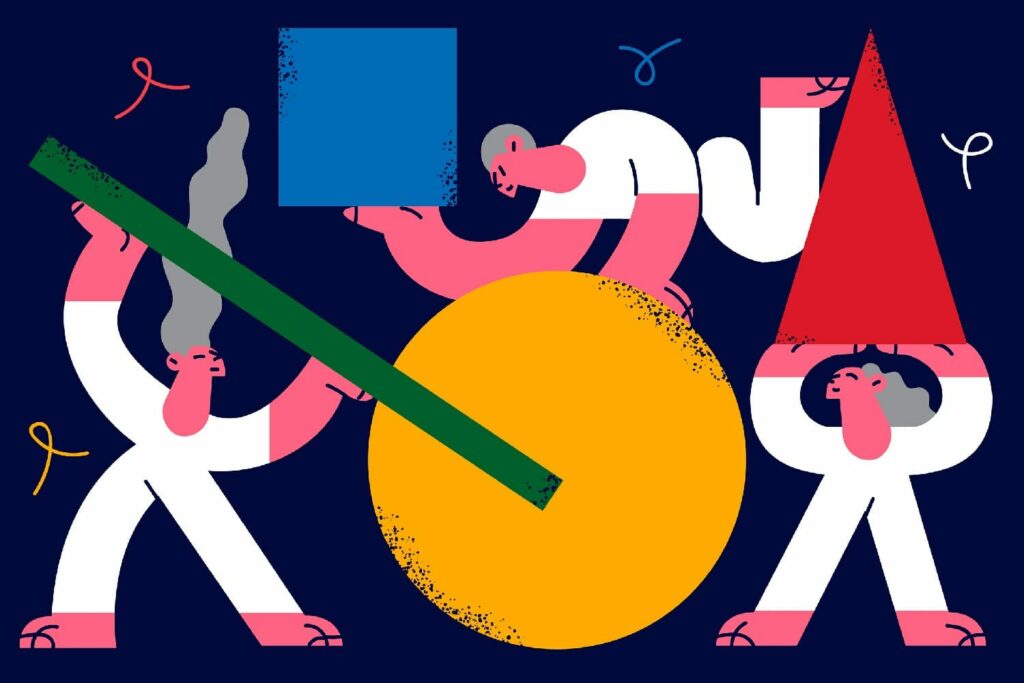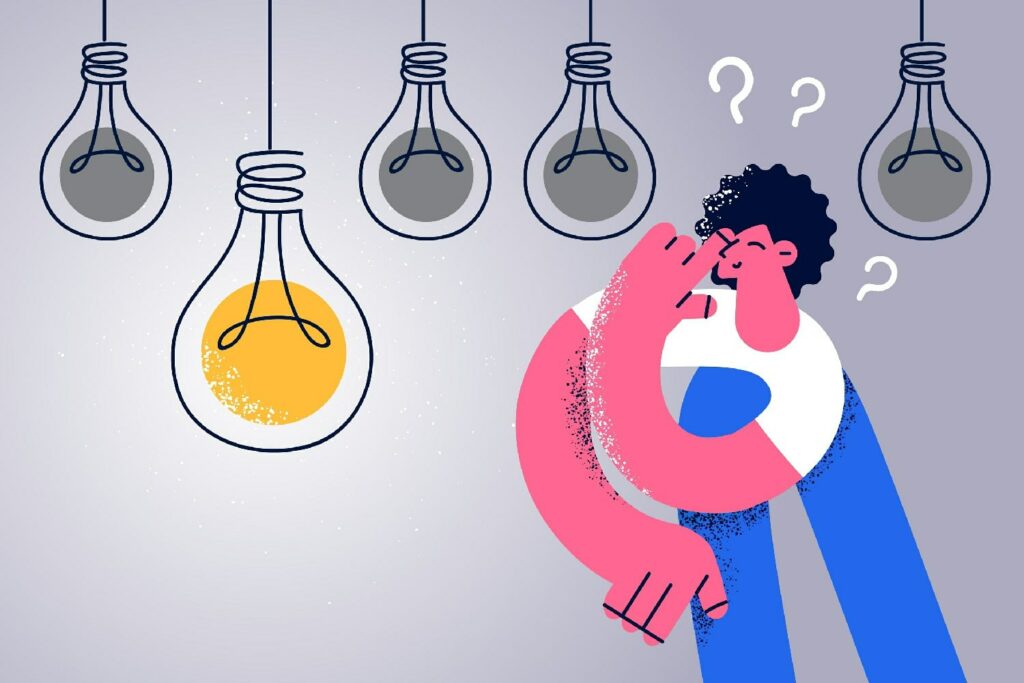Some layout artists make the mistake of thinking of minimalism as purely an aesthetic option. They overlook the fact that usability and marketability — the ability to do more with less – are the ultimate goals of minimalism.
In response to a tendency of rising complexity in creative design, minimalist layout design emerged as a natural application of these concepts. Unnecessary animations and Flash intros slowed down the user experience, and some web designers think that it’s time to get back to the basics.
It’s critical to understand the origins of minimalist design in order to avoid falling into the trap of focusing just on aesthetics. While it is a newer trend in layout design, the underlying concepts have been around for quite some time. If it is true that the minimalistic approach grabs more attention from dear customers, how are we going to utilize it to create better layouts?
What is a Minimal Design Approach and Why is it better?

Minimalism is the idea of removing as many distractions as possible from what is genuinely valuable or necessary. A few principles describe minimalist design: Use of voids, repetition, and formal simplicity
Viewers are particularly drawn to sites with a simple design. Modern users prefer designs that concentrate on essential components while avoiding distracting bells and whistles. While it may seem paradoxical, minimalist design may increase user engagement, improve usability, and provide a more appealing look.
Is it better than a lively and loaded layout design? In most circumstances, Yes. Mies van der Rohe famously quipped, “Less is more,” to explain his aesthetic sense of having each element serve numerous visual and functional functions. Because minimalism leans toward fewer designs, your content and brand are the focus of the viewers.
Minimalistic Design Concentrates on the Essentials
Space and simplicity are hallmarks of minimalist design. It focuses on reducing layouts to their essential aspects and removing anything that gets in the way. Everything about it, from the colors to the typeface, emphasizes clarity. Additional elements are introduced very carefully after the fundamentals have been addressed.

The focus of minimalism in the layout is on the content of the site rather than the design components. Nothing gets in the way when a user visits a minimalist layout. They are entirely engaged on the content of the website and are not distracted by anything else.
What really matters is the focus of this approach. With a basic design throughout the layout, we created an experience that allowed their mission and work to speak for themselves. The design incorporates minimalist design characteristics such as shape repetition, formal simplicity, and a lot of white space.
How Can a Minimalist Approach Aid in the Design of Better Layouts?
Minimalism entails limiting your work to the essentials and doing more with less. You need a thorough understanding of basic design principles to accomplish minimalism properly. You master design when you master minimalism.
Designers may utilize minimalist principles to create appealing and successful sites with fewer components, simplifying and increasing consumers’ online interactions.
How to Put a Minimal Design Strategy into Practice

Google’s use of minimalism in all of its designs is one of the reasons behind its rise in popularity. Google Search is a wonderful illustration of minimalism, as it has always had a basic interface. When you glance at the search page, you’ll see that it just has one simple function. To begin with, everything else was eliminated or left out.
Google has recently taken this a step further. This is Google’s interpretation of the minimalist movement, and it represents a new design language developed by Google. The layout of their web tripped down to its most fundamental parts, inspired by ink and paper.
A basic design is generally the result of a minimalist approach. A simpler design generally translates to a simpler construction. Not only will this allow us to devote more time to developing better front and back end experiences, but it will also result in shorter timelines and faster page loading times.
Final Words
Minimalism is quite popular right now, and it is not going away anytime soon. It’s likely to be a popular design style for a long time, which is a good thing because it offers several advantages. It will vary throughout time, but the fundamentals will remain the same, and it will be fascinating to observe. So when you create a layout design, be simple, be clear, be a minimalist. Because less is still more.


